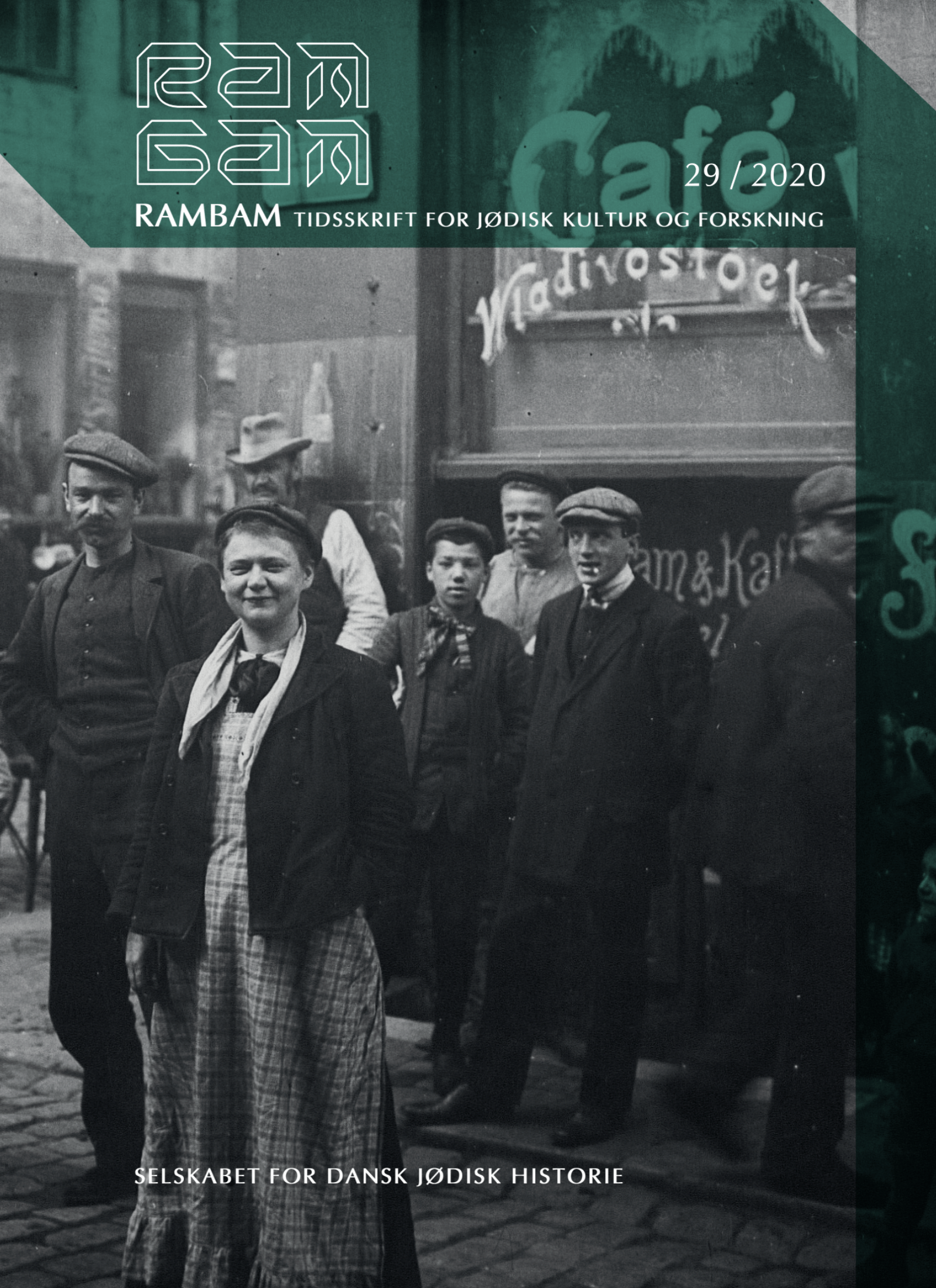Helvede på jord - koncentrationslejren Auschwitz
Resumé
Auschwitz-Birkenau that operated from May 1940 to January 1945 was the Nazi regime’s biggest concentration- and extermination camp. 1.3 million people from all over Europe were deported to the camp situated 60 kilometers west of Cracow. At least 1.1 million people, men, women, and children, among those 950,000 Jews, died of hunger, sickness, and mistreatment or were killed in the camp’s gas chambers. The article describes the establishment and function of the camp, some of the most important events with special focus on the role it played in the Holocaust. At the beginning, Jews had very little chance of surviving more than a few weeks. Extermination on a big scale started in the small gas chamber in the main camp, Stammlager, in the spring of 1942, then two primitive gas chambers were built close to Birkenau, and in the spring and the summer of 1943 four big crematoria were operational in the western part of Birkenau. These crematoria made it possible for Auschwitz-Birkenau to become the center of the Holocaust and the symbol of evil to the world. A special unit, the Sonderkommando, almost all young Jews, was forced to do all work in the death factories. In October 1944 they organized the only armed uprising in the history of Auschwitz-Birkenau. Some 8,000 Germans, SS men and female guards, nurses, and a special unit of young women, worked in the camp throughout its history. Who were they, and how did they live in the shadows of the crematoria, some of them with their families, like the first commandant Rudolf Höss? Finally, the article tells two stories that show that in Auschwitz-Birkenau anything was possible, even love. Sadly, both of the mentioned stories ended tragically. One of them is told in the documentary film Love, it is not by the Israeli filmmaker Maya Sarfaty.





